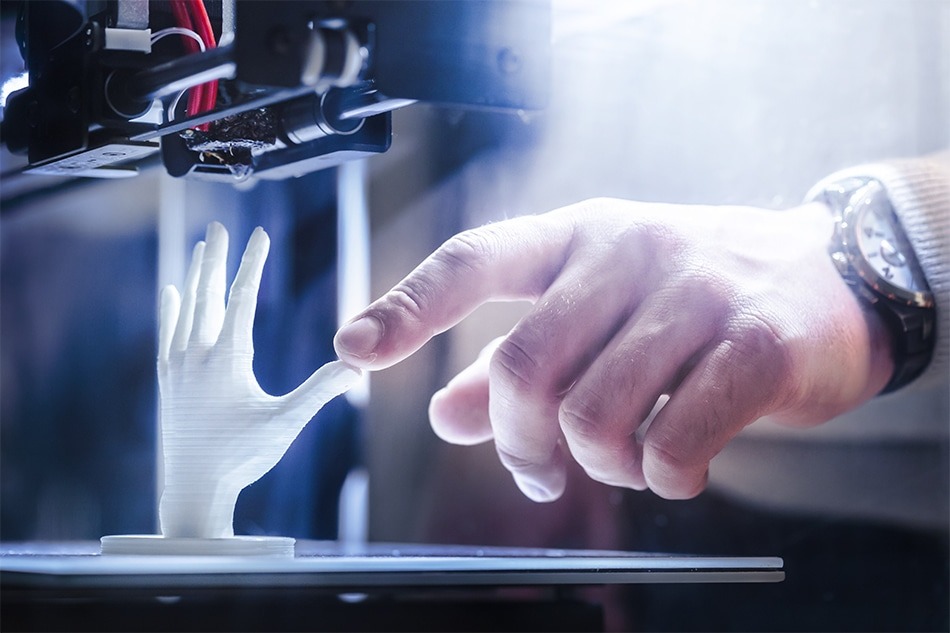The Evolution of Prosthetics
Prosthetic devices have come a long way since their inception, evolving from basic wooden limbs to highly sophisticated bionic prosthetics that mimic the functionality of natural limbs. The history of prosthetics dates back to ancient civilizations, where rudimentary prosthetic limbs were crafted from materials such as wood, metal, and leather. However, it wasn’t until the modern era that prosthetic technology began to advance rapidly, driven by innovations in materials science, robotics, and bioengineering.
The development of modern prosthetics has been fueled by advancements in materials and manufacturing techniques, allowing for the creation of prosthetic limbs that are lighter, more durable, and better suited to the needs of users. In recent years, the integration of advanced sensors, actuators, and neural interfaces has enabled the development of bionic prosthetics capable of providing sensory feedback and natural movement. These advancements have transformed the lives of amputees, allowing them to regain independence and improve their quality of life.
Emerging Trends in Prosthetics
1. Personalized Prosthetics
One of the most significant trends in prosthetics is the shift towards personalized, patient-specific solutions. Traditionally, prosthetic devices were mass-produced and standardized, leading to limitations in fit, comfort, and functionality. However, advancements in 3D printing technology and computer-aided design (CAD) have made it possible to create custom prosthetics tailored to the individual anatomy and needs of each patient. Personalized prosthetics not only improve comfort and performance but also enhance user satisfaction and acceptance.
2. Neuroprosthetics
Neuroprosthetics represent a cutting-edge area of research focused on restoring lost sensory and motor functions through direct interface with the nervous system. These devices, which include brain-computer interfaces (BCIs) and peripheral nerve implants, bypass damaged or dysfunctional neural pathways to restore communication between the brain and the body. Neuroprosthetic technologies hold tremendous promise for individuals with spinal cord injuries, stroke, or neurodegenerative diseases, offering the potential to regain mobility and independence.
Advancements in Medical Devices
In addition to prosthetics, biomedical innovations have also led to significant advancements in medical devices aimed at diagnosing, treating, and monitoring various health conditions. From wearable sensors and implantable devices to robotic surgical systems, medical technology continues to push the boundaries of what is possible in healthcare.
1. Wearable Health Monitoring
Wearable devices, such as smartwatches and fitness trackers, have become increasingly popular for monitoring vital signs, tracking physical activity, and managing chronic conditions. These devices leverage sensors and wireless connectivity to collect real-time data on heart rate, blood pressure, glucose levels, and more, empowering individuals to take control of their health and well-being. Advances in miniaturization and battery technology have made wearable health monitoring devices smaller, lighter, and more discreet, enabling continuous monitoring without interfering with daily activities.
2. Minimally Invasive Surgery
Minimally invasive surgical techniques have revolutionized the field of surgery, offering patients shorter recovery times, reduced pain, and improved outcomes compared to traditional open procedures. Key advancements in minimally invasive surgery include the development of laparoscopic and robotic-assisted surgical systems, which enable surgeons to perform complex procedures with greater precision and dexterity through small incisions. These technologies have expanded the range of procedures that can be performed minimally invasively, from cardiac surgery and orthopedics to gynecology and urology.
Future Directions
As technology continues to advance, the future of biomedical innovations in prosthetics and medical devices holds immense promise for improving human health and well-being. From personalized prosthetics and neuroprosthetic implants to wearable health monitoring devices and robotic surgical systems, the possibilities are endless. However, realizing the full potential of these technologies will require ongoing research, collaboration, and investment to address challenges such as regulatory approval, cost-effectiveness, and accessibility. With continued innovation and dedication, biomedical engineers and healthcare professionals will continue to push the boundaries of what is possible, transforming the lives of patients around the world.



